It looks like you don't exactly understand how feedback circuit works. It IS possible to make it constant current circuit (with some limitations on current range and taking output voltage range into account).
First of all, a pair of words about how voltage converters (buck, boost, linear) sense voltage: you have feedback pin (FB), the voltage there will always try to be some constant. 1.25V for your chip (most typical; EDIT it's 1.23V in datasheet, plus some tolerance, too little difference to care, especially for this discussion, but it's up to you). There is always a voltage divider from the OUTPUT to FB, and your converter outputs such voltage, that the output of divider that goes to FB is always 1.25V. So if you have FB voltage divider (between output, FB and ground) 10k+10k, then output voltage is set to 2.5V (so FB will 1.25V). If FB voltage divider is 30k+10k, then output voltage is set to 5V (so that output of divider is 1.25V again). This logic works for buck converters, boost converters and linear regulators.
Here is a simplified schematic I googled up, and you can see 10k+1k voltage divider here, so the output voltage will be 11 times feedback voltage:

Now that we have that sorted out, how do we get constant current out of such configuration? We'll do a smart thing: if the chip sets output voltage so that FB is always 1.25V, we can actually take advantage of that, get rid of feedback voltage divider and rearrange the circuit in this way:

So the chip will output whatever voltage is necessary for Vfb to be 1.25V. And the current is obviously fixed at 1.25V/Rsense (or it could be an adjustable resistance of course). Of course, it's your job to make sure the device can output the current you want (low currents can be a problem too - read the datasheet - may prefer linear regulator for low currents), and also make sure input and potential output voltages are all within operating range.
EDIT: I noticed you want 0.8A output. Well, in that case, you take 1.23V FB voltage and divide it by 0.8A, that gives 1.5375 Ohm resistor. So you have IC output that goes into load, that goes into 1.5 Ohm resistor and to GND.
Here, spent a wonderful minute in paint for you:





